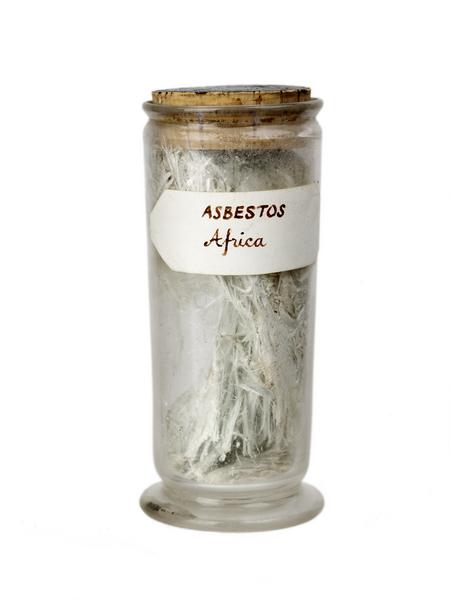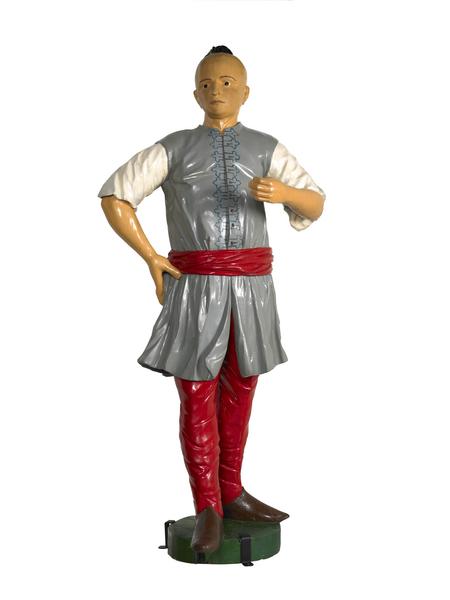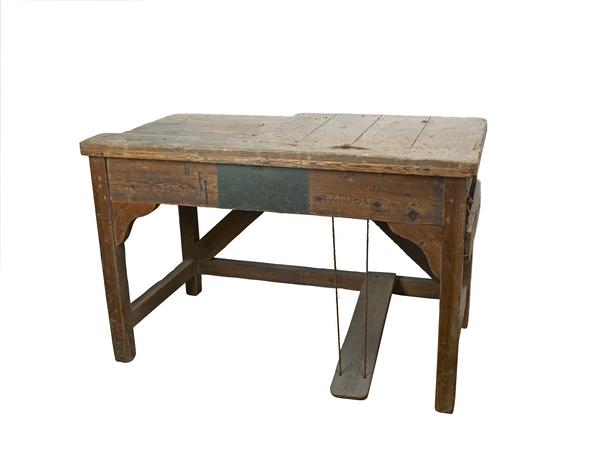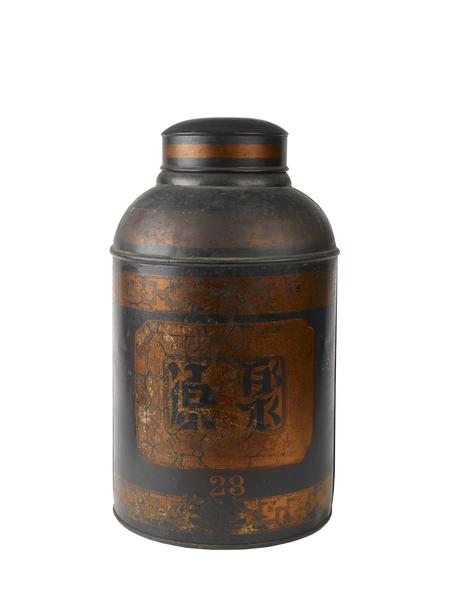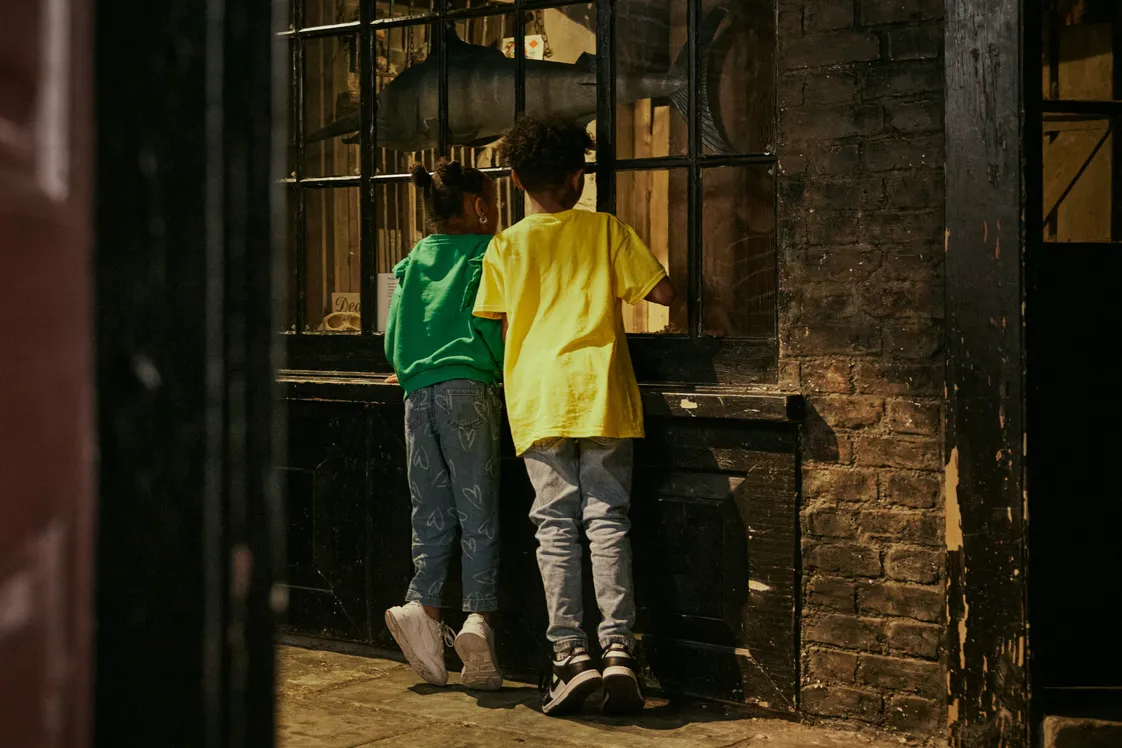Warehouse of the World: 1880–1939
London’s docks were booming. Quaysides and warehouses housed every commodity you could think of, giving London the title: Warehouse of the World.
Warehouses were full of spices, sugar, meat, fruit, coffee, tea, alcohol, drugs, furs, leather, timber, wool and more – mostly from the British empire. In this gallery, you'll see a cabinet full of samples of these that were used to identify goods.
A wide range of ships brought these cargoes to London. In the period 1840 to 1875, sleek and fast clippers carried tea from China and wool from Australia. Heavy, four-masted barques carried wool, grain and nitrate in bulk. By the late 1880s, steam had overtaken sail.
Despite this success, there was trouble in the waters. Dock workers were frustrated with the poor pay and working conditions. This eventually erupted in the 1889 dockers' strike which brought the port to a halt.
The strike was a success and pay went up to half a shilling an hour (worth £2.05 today), known as the "dockers' tanner".
Warehouse of the World is open 10am – 5pm every day at London Museum Docklands.
Please note that we'll start closing up the galleries at around 4.40pm.
There's lots to see, so we recommend you spend at least 15 minutes in the Warehouse of the World gallery.
It's the seventh gallery on our recommended route and you'll find it on the Second Floor.





